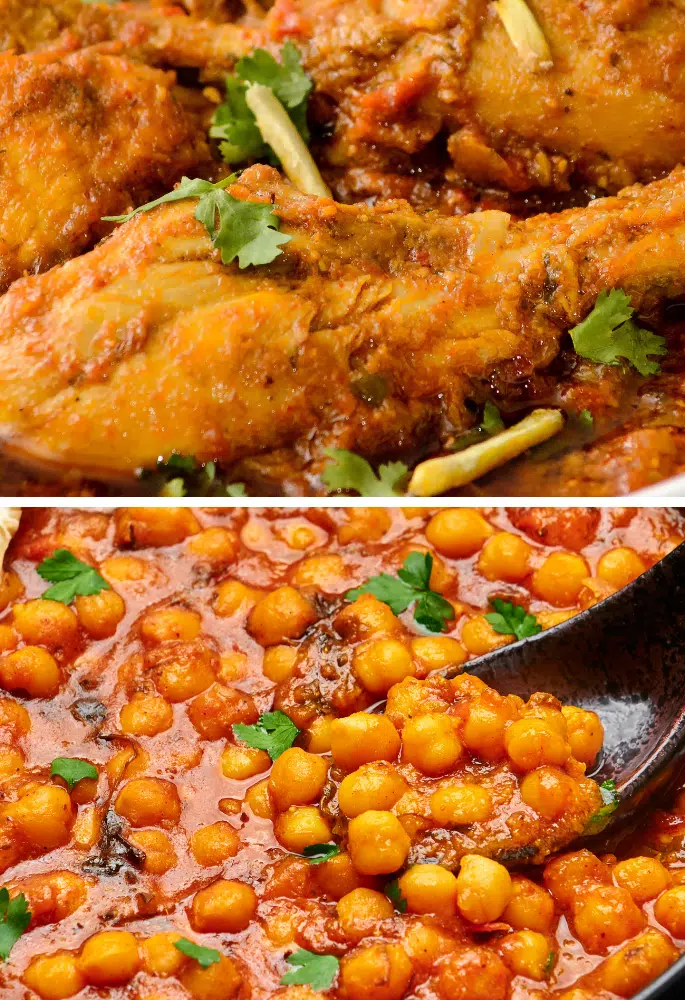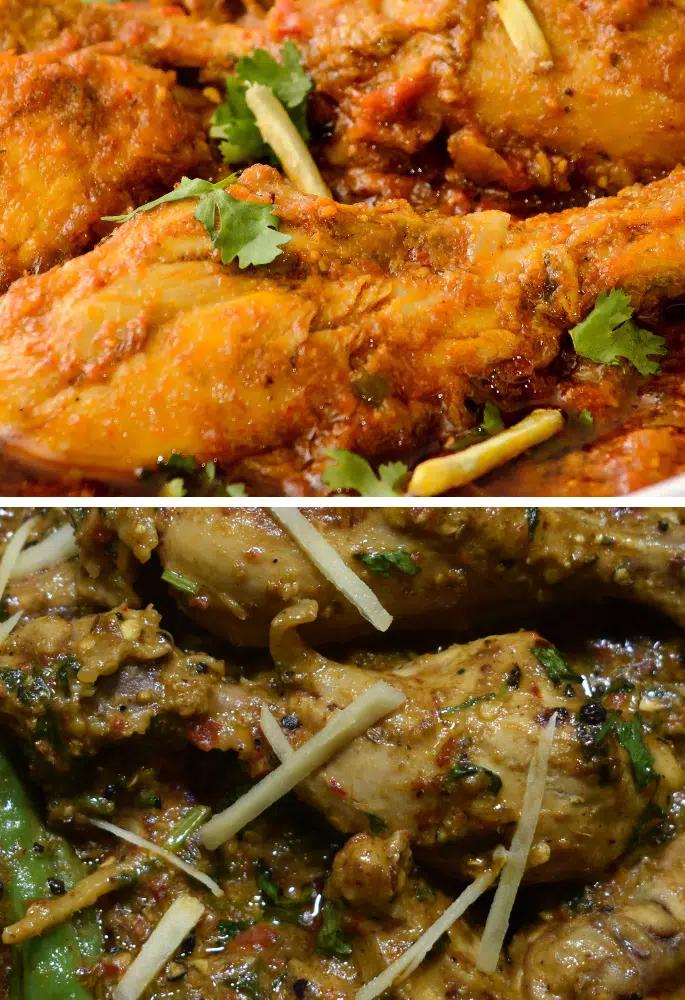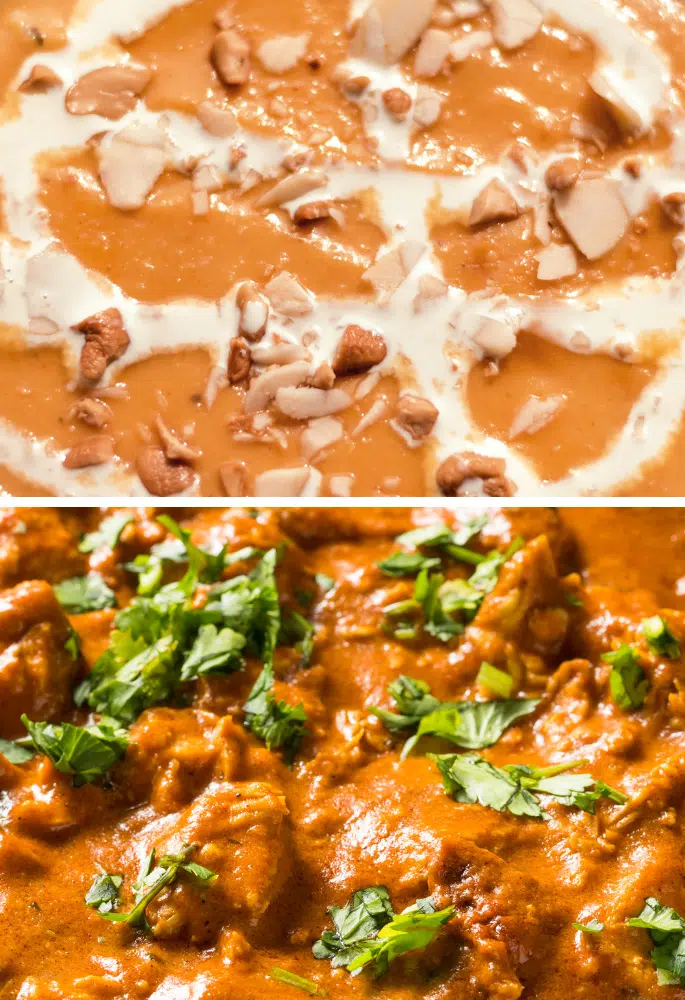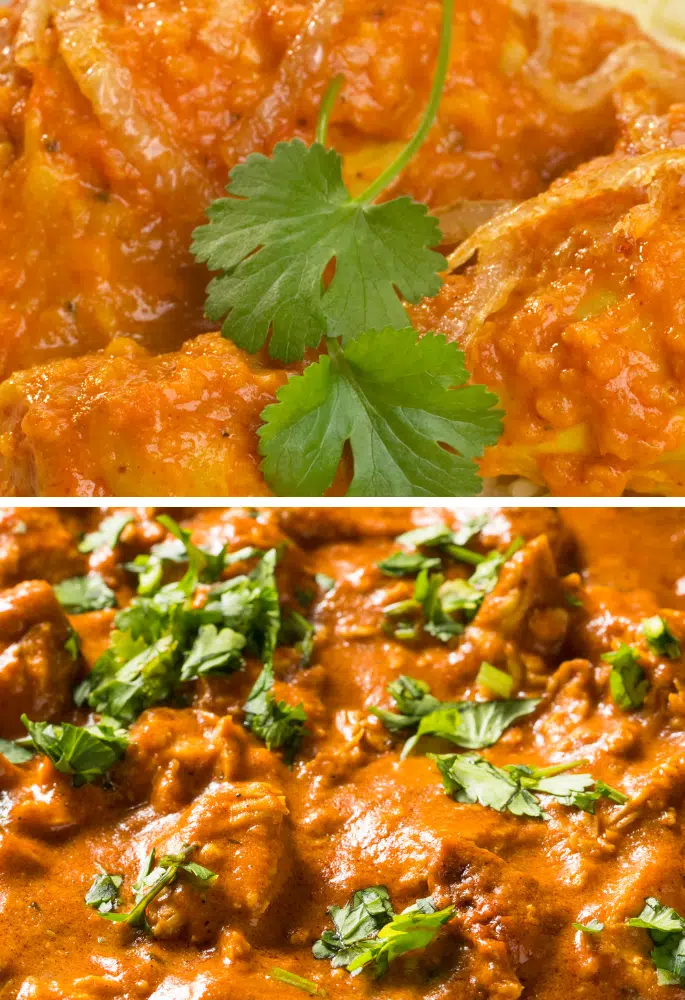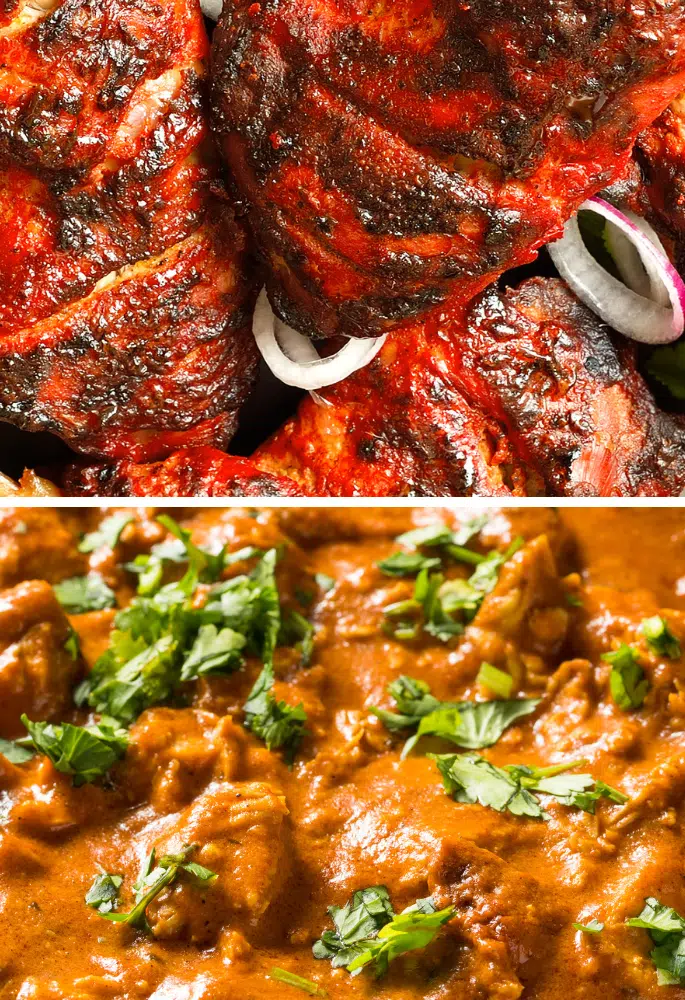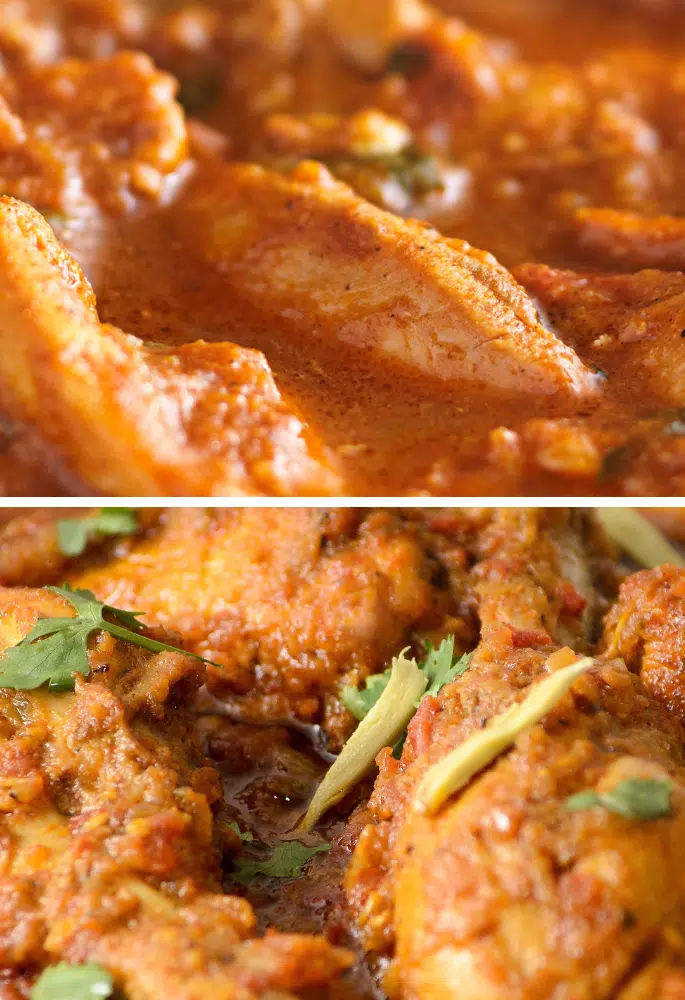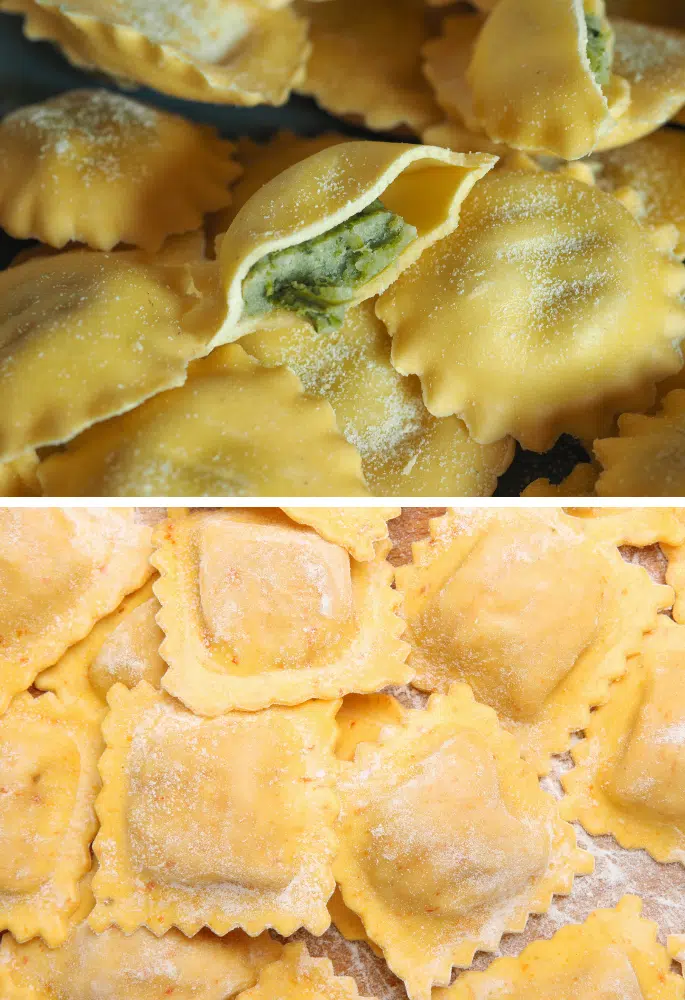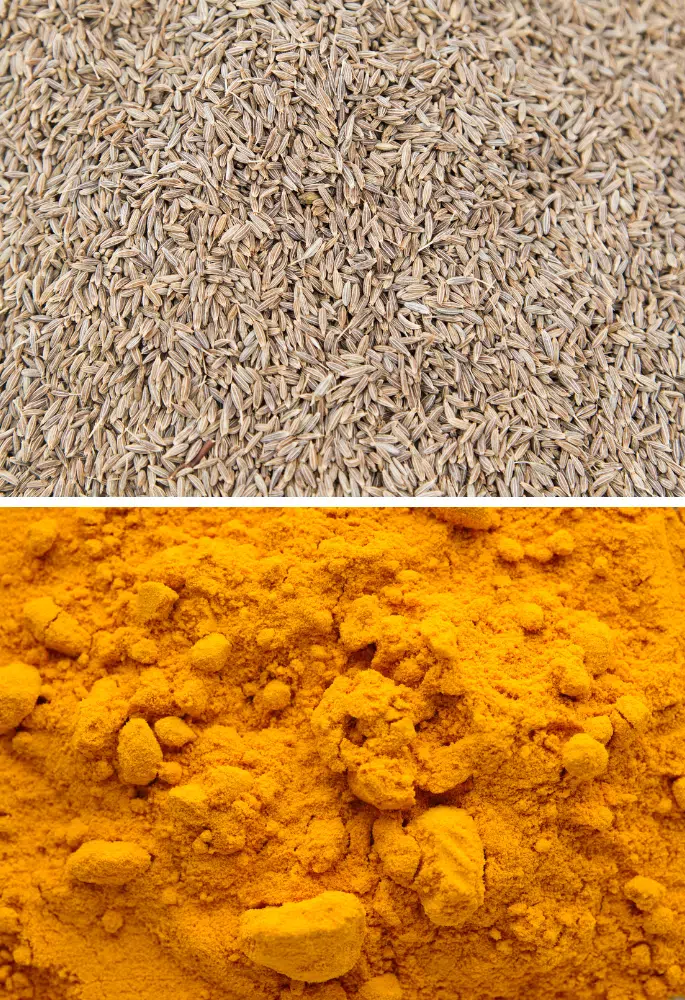Nothing makes you feel more like an adult than cooking with alcohol. Not only does it give you a sense of maturity like no other, but it also adds a whole new level of sophistication to your dish, helping you improve your cooking skills tenfold.
Some cooking wines are more popular than others, depending on where you are in the world and the type of food you cook.
French cuisine favours white wines but Asian cuisine has its own selection of wines, such as mirin and michiu. But just because you may find mirin and michiu on the same shelf in your local Asian supermarket does not mean they are the same.
Mirin is distant from michiu because it bursts with flavour. Michiu’s high alcohol content means that it doesn’t have much noticeable flavour in your dish, whereas mirin has a perfect balance of sweet tanginess.
What is Mirin?
Mirin is one of Japan’s staple ingredients that adds a sweet umami flavour to a dish — a flavour on which many Japanese dishes are built.
The umami taste of mirin is present as a pleasant tang caused by fermentation.
Mirin is a rice wine made by mixing steamed glutinous rice, distilled rice liquor, and koji, which is rice that has been mixed with a fermentation culture.
The mixture is then left to ferment for anywhere between a couple of months and a couple of years. The rice produces a sweetness as it ferments and an umami richness typical of fermented products.
How I Use Mirin
This sweet rice wine is fantastic when creating authentic teriyaki sauce for glazing grilled chicken or salmon. Its inherent sweetness beautifully offsets the saltiness of the soy sauce, while its alcohol content helps to tenderize the meat.
What is Michiu?
In Chinese, michiu is often pronounced as mijiu, so you may find the rice wine labelled or sold as either when shopping for michiu.
Despite being a very popular Chinese ingredient included throughout Chinese cuisine, it is actually a Taiwanese invention, so you will find the rice wine used across both cuisines, primarily in chicken, duck or seafood dishes.
With an alcohol percentage of roughly 19.5% (variable among brands and manufacturers), the alcoholic flavour of michiu will be a little evident in your dish.
Its alcohol content is exactly why it is used in Chinese and Taiwanese cooking, as it can easily help to lighten the smell of various proteins like shellfish.
No, michiu and Shaoxing wine aren’t the same. Although both are types of rice wine, michiu is a Taiwanese product with a lighter flavour, while Shaoxing wine originates from China and has a more robust, slightly nutty taste.
How I Use Michiu
Michiu is my go-to when I’m exploring Chinese and Taiwanese dishes. I love adding it to stir-fries, which heightens the flavours of the vegetables, lending a complex, slightly floral aroma. Michiu works wonders in marinades, especially for thinly sliced beef that I toss in a hot wok for a quick stir-fry.
Similarities Between Mirin and Michiu
From the descriptions above, it may seem that there is very little to attribute to the confusion between mirin and michiu. But when you are exploring an Asian supermarket for the first time, it can be easy to get mirin and michiu muddled up for the following reasons:
Rice Wines
The most obvious similarity that mirin and michiu share is that they are both varieties of rice wines intended to be used in the kitchen, similar to other rice wines.
During their production, rice is fermented for a chosen amount of time to develop its natural flavour and then liquidated to become rice wines.
Type Of Rice
Glutinous rice serves as the main ingredient in mirin and michiu. This type of rice provides the wines with that natural sweetness developed from the rice as it is left to ferment.
Replaceable With Sake
If you were to try and find a replacement for either mirin or michiu, you would find sake being the first and most popular alternative.
The rice wines we are comparing are significantly sweeter than sake, so you will need to use extra sugar or honey in your dish to make sake a more direct replacement.
But for the most part, sake will work well as a mirin or michiu replacement.
Differences Between Mirin and Michiu
Regardless of their similarities and comparisons to the popular sake, it’s the differences between mirin and michiu that are more noticeable than their similarities:
Alcohol Content
Though the difference in alcohol content between mirin and michiu does not seem that drastic on paper, the other flavours and elements in the rice wines make the difference that much more impactful.
Generally, most mirin varieties have an alcohol content of around 14%, whereas michiu is closer to 19.5%.
General Flavour
Mirin is instantly distinguishable in a dish as it has such a rich, umami-tinged sweetness that it is the foundation for countless Japanese dishes. Michiu does not have as obvious a flavour.
It is still sweeter than sake and has a deep alcohol flavour, but when used in a dish, its alcohol masks its flavour, instead boosting the rest of the dish’s flavour.
Uses
Due to its high alcohol content and lack of sweetness or any flavour at all really, michiu is not typically used to flavour food.
Instead, its alcohol content is used to help mask overwhelming smells in your dish and make more subtle flavours and aromas shine.
Mirin, on the other hand, is used to add flavour to a dish, which it has the ability to do because of its sweetness, sourness, and tanginess. This flavour is evident enough to impact any dish in which mirin is used.
Origins
Just because mirin and michiu are both of Asian origin does not mean that they are used in the same cuisines.
Mirin is as Japanese as sushi, used throughout Japanese cuisine in countless dishes. It is one of Japan’s most well-loved kitchen staples.
Michiu has a bit more complicated origin than mirin. It was a Taiwanese invention and is used more often than not in Taiwanese cuisine, but it also has significant popularity in China and Chinese cuisine.
Yes, you can substitute mirin for michiu in recipes, though the flavour profile may slightly differ. However, remember that mirin is generally sweeter and lower in alcohol than michiu, so adjust your recipe accordingly.
Mirin vs Michiu: Which Wins?
If you had to stick to using one or the other in your cooking, which would you vote for when putting mirin vs michiu in front of you?
Do You Prefer Mirin or Michiu?
Sources
We have verified the information on this page using the following resources:
Acacia may be a freelance writer by day, but they are a food fanatic by night. They are always trying out new recipes or finding different ways to elevate classical dishes. But their biggest culinary aim is to educate others on the basics of the kitchen so that they too can enjoy delicious food.


